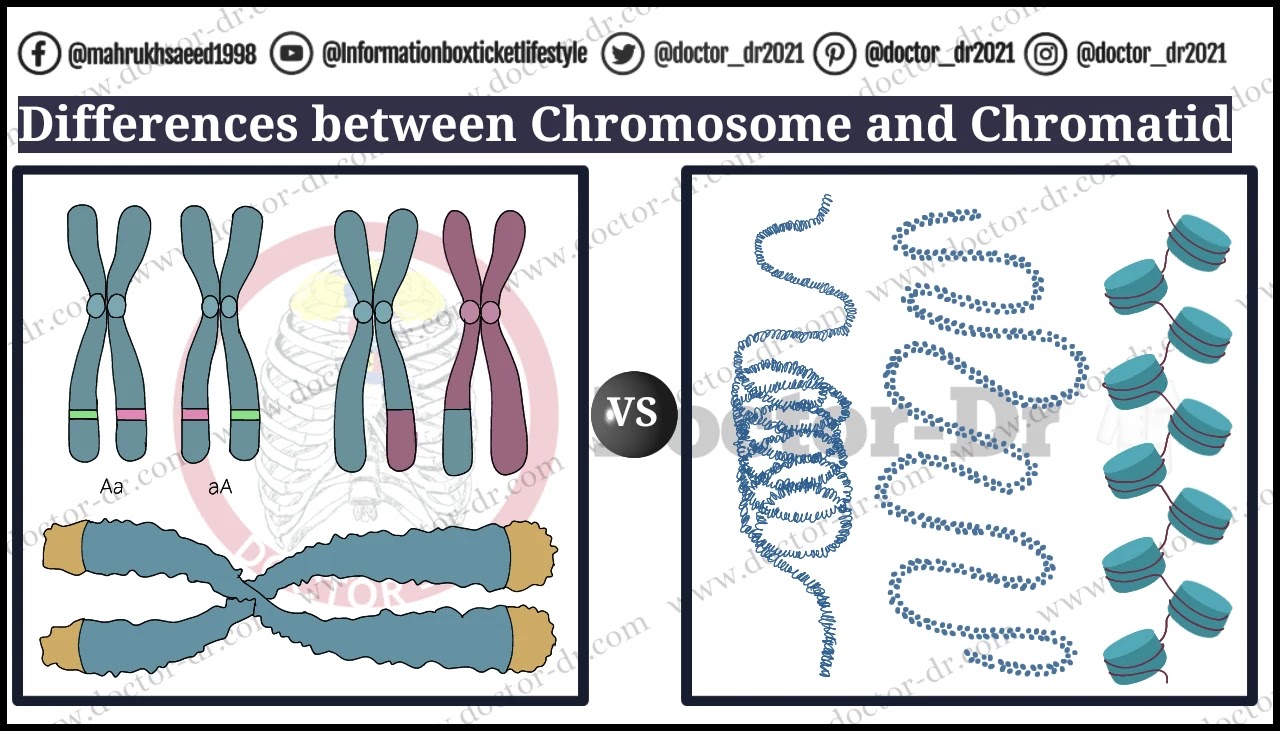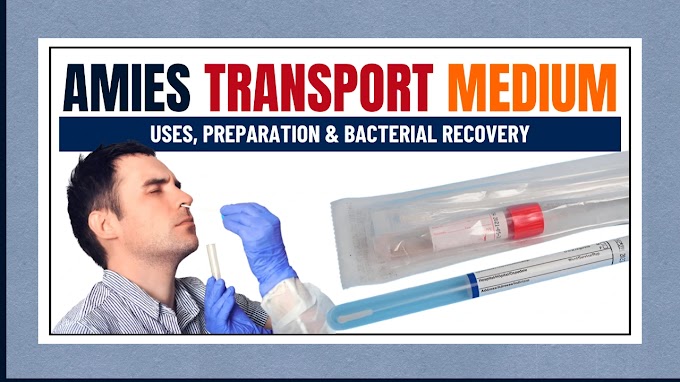Table of Contents
Understanding Chromosomes
Defining Chromatids
Key Differences Between Chromosomes and Chromatids
|
Basis for
Comparison |
Chromosome |
Chromatid |
|
Definition |
A chromosome is a
thread-like structure present in the nucleus or nuclear region of the
cytoplasm that is made up of a single molecule of DNA and proteins, carrying
some or all genetic materials of an organism. |
A chromatid is an
identical half of a duplicated chromosome. After duplication of a chromosome,
two identical halves are formed, each of which is called chromatids. |
|
Compactness |
Chromosomes are
more condensed than chromatids. |
Chromatids are less
condensed than chromosomes. |
|
Consists of |
A chromosome consists
of a single, double-stranded DNA molecule. |
Chromatids are two
molecules of double-stranded DNA joined together in the center by a
centromere. |
|
Structure |
Chromosomes have a
thin ribbon-like structure. |
Chromatids have a
thin and long fibrous structure. |
|
Nature |
Homologous
chromosomes are not identical to each other. |
Homologous or
Homozygous sister chromosomes are identical. |
|
DNA |
DNA in a chromosome
is tightly packed. |
The DNA molecule is
unwounded and thus is free. |
|
Present |
Chromosomes are
present in all cells throughout their life. |
Chromatids are
formed during the interphase and exist until the metaphase of cell division. |
|
Centromeres |
Chromosomes do not
have centromeres. |
Chromatids are
connected to the center by a centromere. |
|
Duplication |
Chromosomes are
capable of replication or duplication. |
Chromatids cannot
replicate or duplicate. |
|
Protein synthesis |
Genetic information
in chromosomes can be transcribed to produce protein molecules. |
Chromatids are not
involved in macromolecule synthesis like protein formation. |
|
Function |
Chromosomes carry
genetic material and thus are involved in the transfer of genetic material
through different generations of organisms. |
Chromatids help to
maintain the proper amount or number of DNA in the cell after cell division. |



~1.webp)

.webp)

